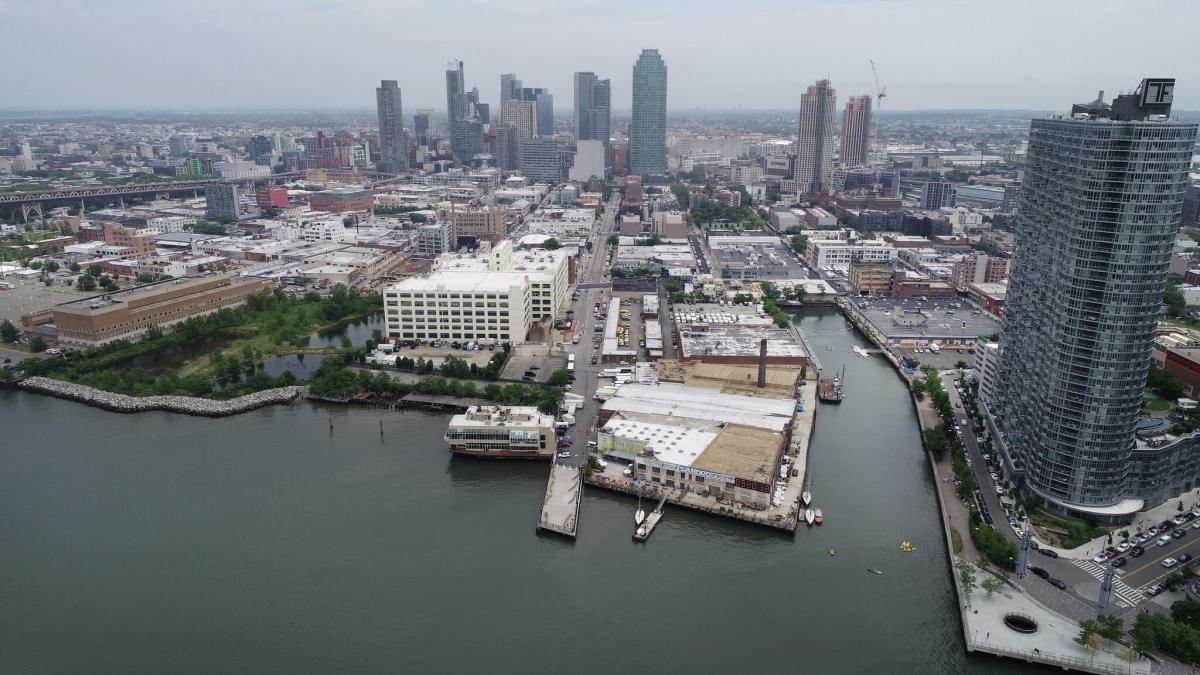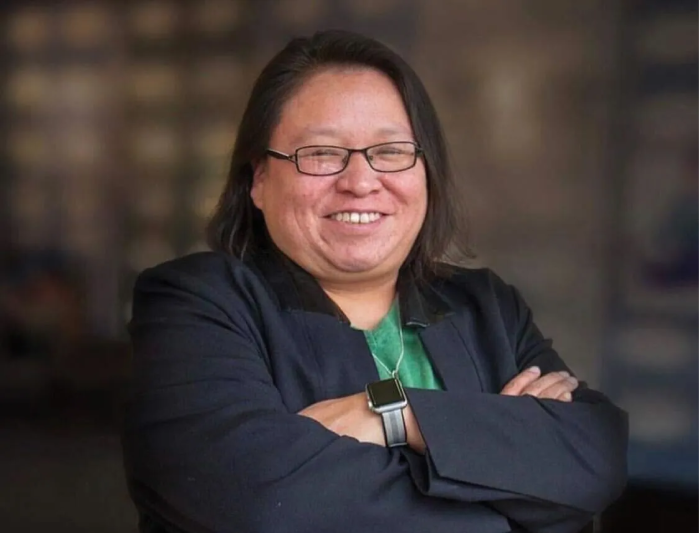As the executive director of the Queens Economic Development Corporation, Seth Bornstein saw Amazon’s plans to build its HQ2 campus in Long Island City as a game changer for the borough’s economy. He saw tech as the future that with training would provide many opportunities for positions that would pay well and propel Queens residents into the middle class. As an economic developer and student of New York City history, Bornstein watched anxiously as mistakes, misinformation and missed calculations reigned on many levels.
Government and community leaders are the stewards of our city. Their influence is felt not just during their tenure bur for years afterwards,” Bornstein wrote on his blogs days after Amazon scuttled its plans because of the lack of collaborative relationships with local officials. “To that end, I believe the ones who opposed Amazon let down a generation of young people, especially those of low and moderate income, women, minorities, and immigrants. We must remember the word ‘progressive’ has ‘progress embedded in it. If young people do not have opportunities, they cannot make progress.”
Bornstein first joined the QEDC in 1979 and served as the Director of Economic Development for the Office of the Queens Borough President for two administrations. His organization played no role in the Amazon negotiations but when he saw the deal going south, he recognized several key myths that were exploited by opponents of the deal such as the $3 billion that could have gone to fix mass transit and build affordable housing.
“The bulk of the incentives were in tax credits, meaning a credit on the taxes the company would have paid based on the jobs they would have created,” Bornstein said. “There isn’t $3 billion sitting in a bank to be used elsewhere.”
There was the argument that the 25,000 to 40,000 jobs Amazon promised to create would not have gone to Queens residents because workforce training would not have been provided and the e-commerce giant would bring in employees from out of town.
“I have not read or seen and evidence of this statement,” Bornstein said. “I believe one reason Amazon chose New York City is because we have the workforce with the skills needed and it should be noted it was 25,000 over a period of years, not immediate hires.”
Opponents of the deal claimed Amazon was not interested in community concerns.
“I think Amazon needed to be educated,” Bornstein said. “Prior to their announcement they should have invested more time meeting with the greater Queens community. The energy spent opposing them would have been better used educating them and promoting what we wanted from them.”
And finally, the deal should never have done an end around of the City Council and its ULURP process.
“The state law allows this,” Bornstein said. “But that said, it is clear that at the very least update briefings to the City Council should have been considered.”
As the finger-pointing continues, Bornstein believes that the beauty of mistakes is that we can learn from them.
“Though only if we are not pig-headed and arrogant,” Bornstein said. “What we learn from this is that companies that want to expand here need to be proactive and engage the local community; discussions between all stakeholders need to be more transparent and correct information needs to be trumpeted in ways everyone understands, especially how tax credits work!”



































